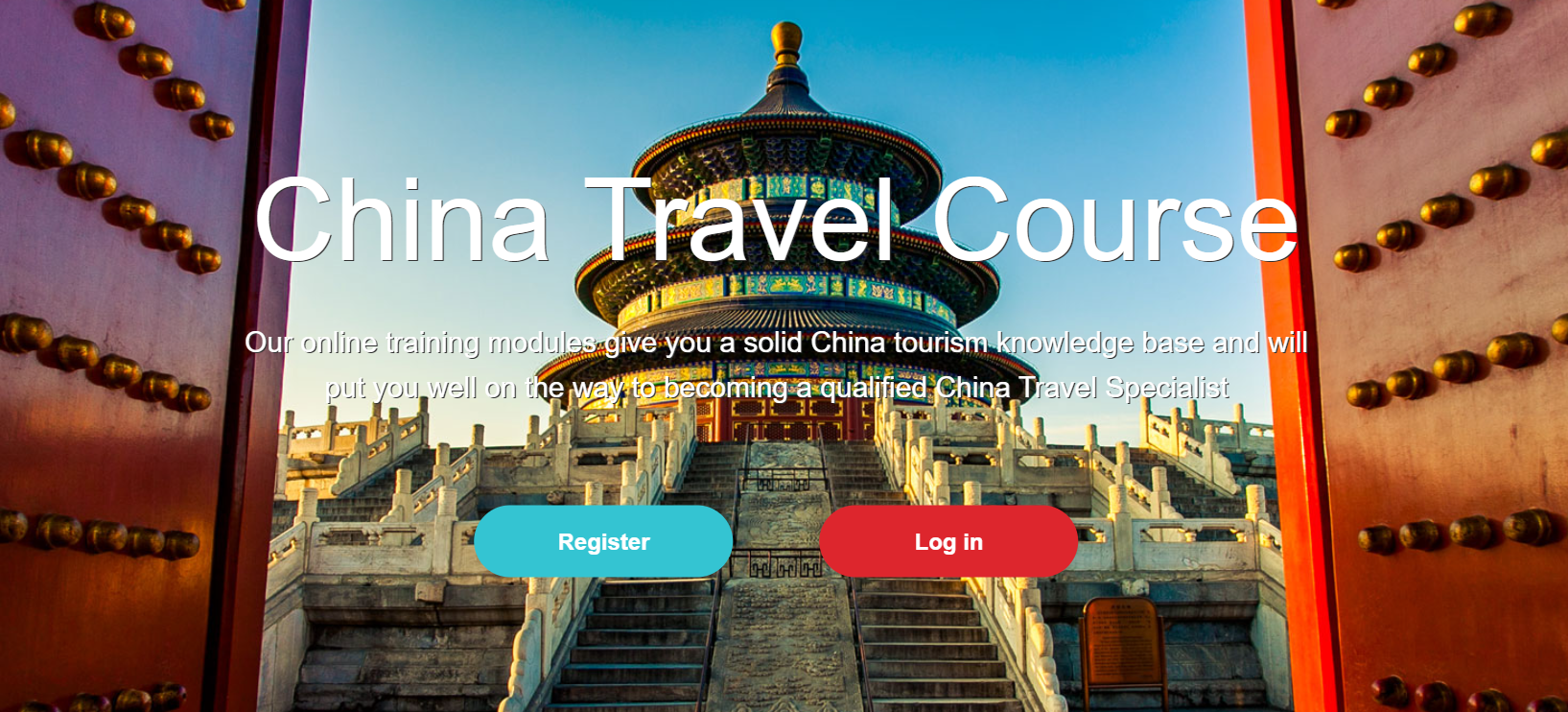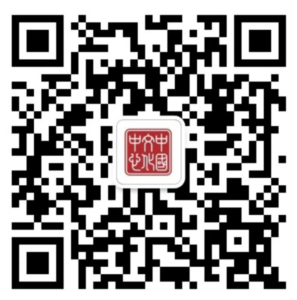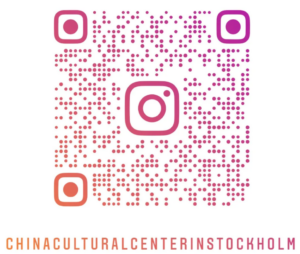From September 23 to October 8, 2023, the 19th Asian Games will be held in Hangzhou. As the capital of east China’s Zhejiang Province, Hangzhou boasts an international reputation as a popular tourist destination. As an ancient cradle of human civilization dating back more than 8,000 years, the city nurtured the Liangzhu civilization over 5,000 years ago, hailed as the dawn of Chinese civilization. Marco Polo, the famous Italian traveler and merchant of the 13th century, described Hangzhou as “beyond dispute the finest and the noblest in the world”. Today, Hangzhou, set to host the Asian Games, is ready to captivate the world with its unique charm.
As part of the “China Travel Course”, a series of short videos is being released, titled “NIHAO! CHINA”. Bora, a tourism expert who has lived in China for 11 years, will visit the city of Hangzhou, and take you to four different museums, offering a unique view into Hangzhou’s history and cultural atmosphere.
Bora’s first stop is the Liangzhu Museum, located in Yuhang District. The museum displays the remarkable archaeological findings and the rich heritage of the Liangzhu site and civilization, demonstrating its essential role in Chinese history and unique contributions. Liangzhu civilization inspired the design of the torch, mascot and some venues for the Hangzhou Asian Games and Paralympic Games. With the help of a tour guide, Bora delves into the wisdom of ancient Chinese civilization from 5,000 years ago. With AR interpretation and multimedia presentations, the museum vividly recreates the brilliance of the Liangzhu civilization.
Next, Bora visits the China Tea Museum in the city. The China Tea Museum is the only national museum in China dedicated to tea and tea culture. Spread into two distinct branches, the museum created an immersive journey into Chinese tea culture for Bora. In the Shuangfeng Branch, he got acquainted with the numerous types of Chinese tea and participated in the tea picking and frying process. Meanwhile, in the “Longjing tea” section, he enjoyed a tranquil stroll around the scenic gardens, experienced the tea art of dian cha (foam art on the tea cup) from the Song Dynasty (AC 960-1279), and gained an in-depth understanding of China’s historic tea ceremonies.
In the past, silk and tea played a crucial role in facilitating China’s communication with the outside world. Following his visit to the Tea Museum, Bora proceeds to the China Silk Museum. The China Silk Museum is the world’s largest silk museum. Here, visitors can view a vast array of silk products from ancient to modern times as well as textile cultural relics. The museum offers a close look at the production process of silk products and restoration techniques for ancient silk.
Lastly, Bora stops over at the Go (Weiqi) Museum in Tianyuan Tower Hotel. Board games are one of the unique non-Olympic events at the Asian Games. As the birthplace of Weiqi, China, along with other Asian nations, will witness Weiqi players showcasing their skills at this year’s Asian Games. With the help of a professional instructor, Bora delved into the rules and contemporary development of the game. And together with the instructor, he explored the Weiqi Museum to learn about the deep-rooted history of Weiqi.

Looking to explore more about Chinese culture and travel tips? Keep an eye out for more exciting videos from China Travel Course as we journey together into the heart of China.
Website: https://course.chinaculture.org
Facebook: China Cultural Center in Stockholm
https://www.facebook.com/China-Cultural-Center-in-Stockholm-110983273921638
Instagram: chinaculturalcenterinstockholm
https://www.instagram.com/chinaculturalcenterinstockholm/
YouTube: China Cultural Center in Stockholm
https://www.youtube.com/channel/UCYqOYwuQtyTHC-iMNdfExsw
Tik Tok: cccinstockholm
https://www.tiktok.com/@cccinstockholm
Twitter: CCCinStockholm
https://twitter.com/CCCinStockholm
地址:
Västra Trädgårdsgatan 2, Stockholm


